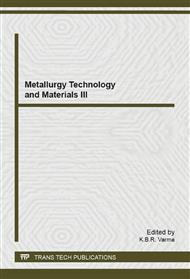p.198
p.202
p.206
p.213
p.218
p.222
p.226
p.230
p.235
Study on Hazards Identification for the Life Cycle of Household Electric Blankets
Abstract:
Household electric blankets are widely used in China, but the problem of quality and safety is also more prominent, which is a serious threat to the health and safety of consumers. The structure characteristics and working principle of household electric blanket are analyzed. The hazards in the each stage of full life cycle are identified, including the stages of designing, manufacturing, packaging, transporting, utilizing and recycling. Hazard identification of each stage is made with methods of scenario analysis, safety check list, fault hypothesis analysis, hazard and operability analysis, failure mode and effect analysis and fault tree analysis, respectively.
Info:
Periodical:
Pages:
218-221
Citation:
Online since:
June 2014
Authors:
Keywords:
Price:
Сopyright:
© 2014 Trans Tech Publications Ltd. All Rights Reserved
Share:
Citation:


